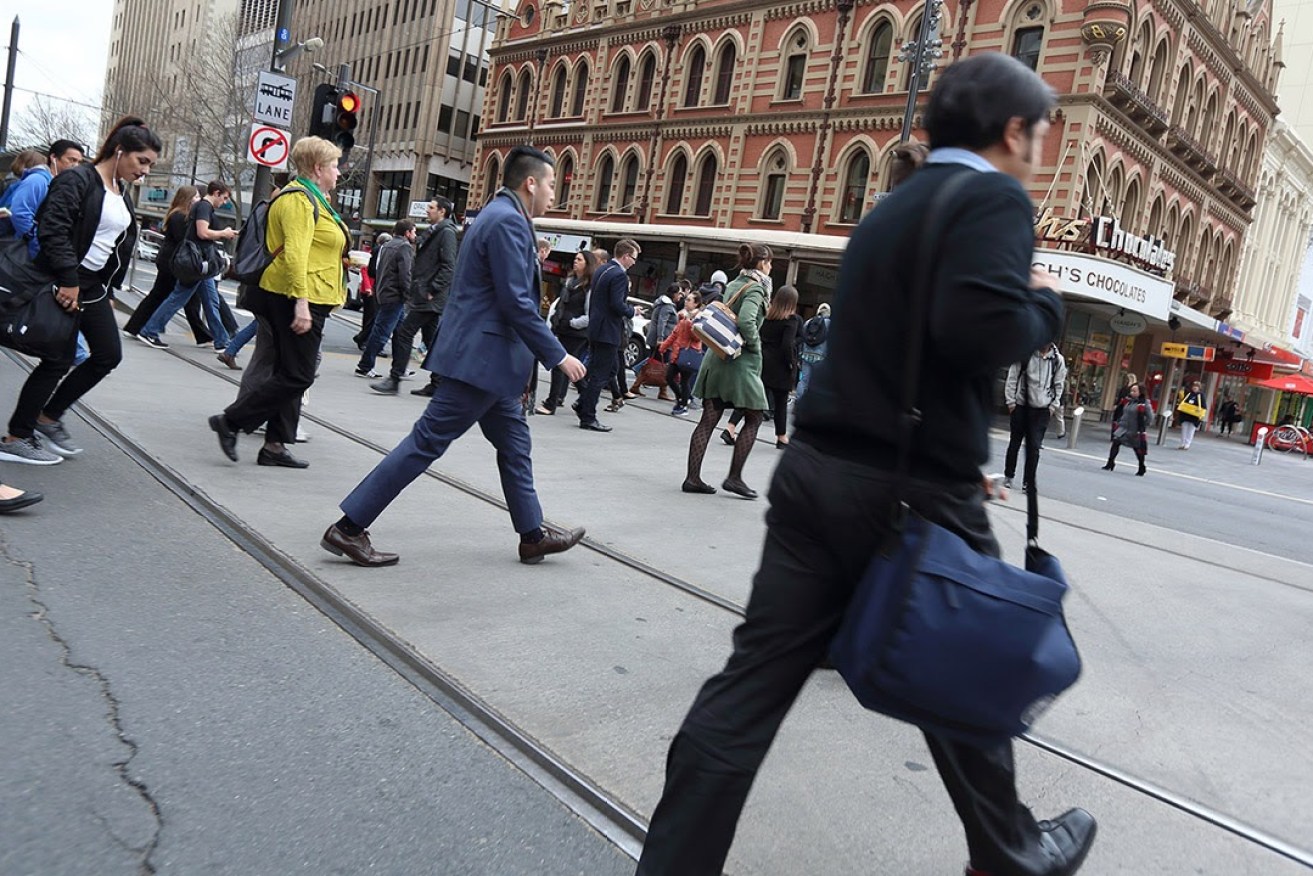SA unemployment falls again
Unemployment in South Australia is now below the national average after falling for the second consecutive month to 3.6 per cent in August.


South Australia's jobless rate has fallen, but the proportion of people underemployed has increased.
The state’s seasonally adjusted unemployment rate is now on par with New South Wales and below the national average of 3.7 per cent, having been the highest in Australia back in June.
But underemployment rose by 0.3 percentage points in South Australia to hit a rate of 7.9 per cent, nearly a full percentage point higher than Queensland which had the second highest underemployment rate in the country at 7 per cent.
Tasmania retained the title of highest unemployment in Australia for the second month running at a seasonally-adjusted 4.4 per cent. It was followed by the Northern Territory (4.3 per cent), Queensland (4.1 per cent) and Western Australia (3.8 per cent).
With a rate of 3.1 per cent, the Australian Capital Territory has the lowest unemployment figures in the nation, beating out Victoria’s 3.5 per cent.
Only three states saw their unemployment figures rise in the August period: New South Wales, Western Australia and the Northern Territory.
Australian Bureau of Statistics head of labour statistics Bjorn Jarvis said another 65,000 jobs had been added in August while unemployment dropped only slightly to keep the national rate steady at 3.7 per cent.
“The large increase in employment in August came after a small drop in July, around the school holiday period. Looking over the past two months, the average employment growth was around 32,000 people per month, which is similar to the average growth over the past year,” he said.
“The participation rate also increased, up to a record high of 67.0 per cent in August, which, together with the high employment-to-population ratio, continues to reflect a tight labour market.”
Hours worked in August fell 0.5 per cent on July’s numbers, but were up by 3.7 per cent on August 2022, which Jarvis said reflected faster growth than the 3.0 per cent annual increase in employment.
“The strength in hours worked over the past year, relative to employment growth, shows the demand for labour is continuing to be met by people working more hours, to some extent,” he said.
[solstice_jwplayer mediaid=”d3UrRDGo” playerid=”Meorb6nj” caption=”Sponsored video: The Post” /]




